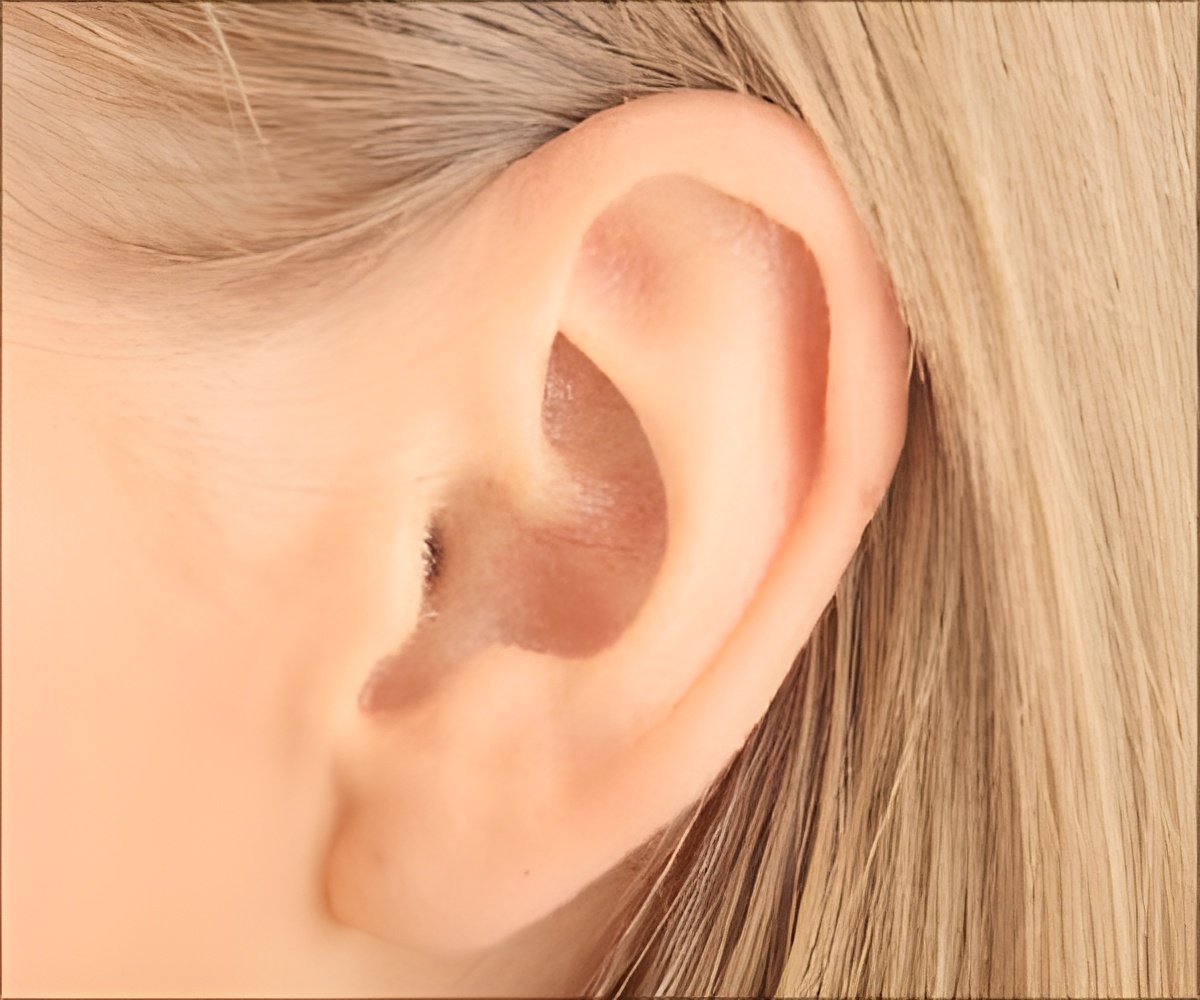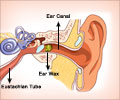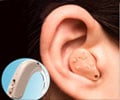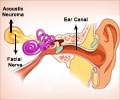The cochlea's basilar membrane moves in new, collective ways for single tones, placing constraints on how hair cells pump energy into sound waves.

‘Newly discovered low-frequency mechanical modes in the cochlea reveal how the ear amplifies faint sounds and tolerates loud noises. These modes affect how sound waves travel along the basilar membrane, with hair cells playing a key role in amplification. #hearingscience #cochlea #medindia’





Benjamin Machta, an assistant professor of physics in Yale's Faculty of Arts and Science, stated, "We set out to understand how the ear can tune itself to detect faint sounds without becoming unstable and responding even in the absence of external sounds." We discovered a novel set of low-frequency mechanical modes that the cochlea probably supports while investigating this(1✔ ✔Trusted SourceHair Cells in the Cochlea Must Tune Resonant Modes to the Edge of Instability without Destabilizing Collective Modes
Go to source).
Cochlea Amplifies and Tunes Sound for Precise Hearing
In humans, sound is converted into electrical signals in the cochlea. People are able to detect sounds with frequencies across three orders of magnitude and more than a trillion-fold range in power, down to tiny vibrations of air.Once sound waves enter the cochlea, they become surface waves that travel along the cochlea’s hair-lined basilar membrane.
“Each pure tone rings at one point along this spiral organ,” said Asheesh Momi, a graduate student in physics at Yale’s Graduate School of Arts and Sciences and the study’s first author. “The hair cells at that location then tell your brain what tone you are hearing.”
Those hairs do something else as well: They act as mechanical amplifiers, pumping energy into sound waves to counteract friction and help them reach their intended destinations. Pumping in just the right amount of energy — and making constant adjustments — is crucial for precise hearing, the researchers said.
Advertisement
In these extended modes, a large portion of the basilar membrane reacts and moves together, even for a single tone. This collective response constrains how hair cells respond to incoming sound and how the hair cells pump energy into the basilar membrane.
Advertisement
Graf and Machta have collaborated on a series of studies in recent years that used mathematical models and statistical physics concepts to understand better biological systems, such as a pit viper’s sensitivity to temperature change and the interplay between phases of matter that come into contact with cell membranes.
Reference:
- Hair Cells in the Cochlea Must Tune Resonant Modes to the Edge of Instability without Destabilizing Collective Modes- (https://journals.aps.org/prxlife/abstract/10.1103/PRXLife.3.013001)
Source-Eurekalert











